When exploring chemical reactions, you might wonder about the relationship between what you start with and what you get. For propane (C3H8), a common fuel, this is key. This post answers a simple but important question: what happens if you have 0 moles of propane to react? The answer is straightforward: no propane means no reaction, and therefore, no water is formed. This concept is a cornerstone of stoichiometry and helps clarify the basic rules of chemistry.
What is Stoichiometry and Why Does it Matter?
For anyone studying chemistry, understanding stoichiometry is fundamental. It’s the science of measuring the elements within compounds and in chemical reactions. Think of it as a recipe for a chemical reaction. Just like you need specific amounts of flour and sugar to bake a cake, you need specific amounts of reactants to create products.
This knowledge allows chemists and scientists to predict exactly how much product will be formed from a certain amount of starting material. Stoichiometry ensures that we follow the law of conservation of mass, which states that matter is not created or destroyed in a chemical reaction.
By balancing chemical equations, we can see the precise ratios of molecules involved. This is crucial not just in a lab but in large-scale industrial processes where efficiency and cost-effectiveness are paramount.
Understanding the Building Blocks: Moles and Reactants
To really get stoichiometry, you first need to grasp the concept of moles and reactants. A mole is simply a unit of measurement for the amount of a substance. It’s a way to count atoms and molecules, bridging the gap between the tiny microscopic world and the larger macroscopic world we see.
Reactants are the starting ingredients in your chemical equation. They are the substances that undergo a chemical change to form new substances, which are called products. The quantity and type of reactants you use directly determine the outcome of the reaction.
Without reactants, there is nothing to react. This is the most basic principle of chemical reactions. The presence, amount, and condition of these starting materials dictate everything that follows, from the speed of the reaction to the amount of product you can expect to create.
The Propane Combustion Reaction Explained
The reaction of propane (C3H8) with oxygen is a classic example of a combustion reaction. This is what happens when you light a gas grill or use a propane heater. The reaction produces energy in the form of heat and light, along with carbon dioxide and water as byproducts.
The balanced chemical equation for this reaction is: C3H8 + 5 O2 → 3 CO2 + 4 H2O.
This equation tells us a lot. It shows that for every one molecule of propane that reacts, you need five molecules of oxygen. The result is three molecules of carbon dioxide and four molecules of water. These ratios are fixed and are known as stoichiometric ratios.
Here is a simple breakdown of the mole relationship:
| Reactant | Moles In | Product | Moles Out |
|---|---|---|---|
| C3H8 (Propane) | 1 mole | CO2 (Carbon Dioxide) | 3 moles |
| O2 (Oxygen) | 5 moles | H2O (Water) | 4 moles |
This table clearly illustrates the 1-to-4 ratio between propane and water. If you know how much propane you start with, you can easily calculate the amount of water you will produce, assuming you have enough oxygen.
What Happens When You Start with Zero Propane?
Now we get to the core of the question. If you have zero moles of a reactant, it means there are no particles available to participate in the reaction. In the case of propane combustion, if you have 0 moles of C3H8, you have no fuel to burn.
Since the reaction cannot start without its primary reactant, the entire process is impossible. No chemical transformation can occur, which means no products can be formed. Consequently, the amount of water molecules produced is zero.
This concept highlights a fundamental rule of stoichiometry: product formation is directly dependent on the presence of reactants. It’s a simple cause-and-effect relationship. No cause (reactants) means no effect (products).
Theoretical vs. Real-World Results in Reactions
In a perfect world, chemical reactions would always produce the exact amount of product predicted by stoichiometry. This is called the theoretical yield. It’s the maximum amount of product you can get from the given amounts of reactants, assuming the reaction goes to completion without any issues.
However, in the real world, things are often more complex. The actual yield, which is the amount of product you actually get from a reaction, is often less than the theoretical yield. Several factors can influence this outcome.
Some of these factors include:
- Incomplete Combustion: If there isn’t enough oxygen, the propane may not burn completely, leading to less water and other unwanted byproducts like carbon monoxide.
- Side Reactions: Sometimes, reactants can undergo other unintended reactions, consuming the starting materials and reducing the yield of the desired product.
- Experimental Errors: Issues like impurities in the reactants or loss of product during collection can also lead to a lower actual yield.
Understanding the difference between theoretical and actual yield is crucial for chemists in both research and industry to optimize reactions and improve efficiency.
Practical Uses of Mole Calculations in Industry
The principles we’ve discussed are not just for chemistry classrooms. Mole calculations and stoichiometry are vital in countless real-world applications. Industries from pharmaceuticals to manufacturing rely on these calculations to operate efficiently, safely, and profitably.
In large-scale production, precise mole calculations ensure that materials are used efficiently. This not only reduces waste and lowers costs but also helps maintain consistent product quality. Imagine a pharmaceutical company making a life-saving drug; they need to know the exact amounts of ingredients to ensure the final product is safe and effective.
Furthermore, these calculations have a significant environmental impact. By accurately measuring reactants, companies can minimize the use of excess materials and reduce harmful byproducts. This leads to more sustainable and energy-efficient manufacturing processes, aligning industrial goals with environmental responsibility.
Frequently Asked Questions about Propane Combustion
What reaction occurs when 0 moles of C3H8 react?
When 0 moles of C3H8 are present, no reaction can occur. Because propane is a necessary reactant, its absence means the chemical process cannot start, resulting in zero product formation.
How is water formed in the combustion of propane?
Water is formed when propane (C3H8) reacts with oxygen (O2) in a combustion reaction. The balanced equation is C3H8 + 5 O2 → 3 CO2 + 4 H2O, showing that 4 moles of water are produced for every 1 mole of propane that burns completely.
If no propane is present, how does that affect the amount of water formed?
If there is no propane (0 moles), the amount of water formed will also be zero. The creation of products is entirely dependent on the availability of reactants, so an absence of reactants means an absence of products.
What happens if I start with a different amount of propane?
If you start with a quantity of propane greater than zero, you can calculate the water produced using the 1:4 stoichiometric ratio from the balanced equation. For example, starting with 2 moles of C3H8 would theoretically produce 8 moles of H2O, assuming sufficient oxygen is available.
How does this relate to the principles of stoichiometry?
This scenario perfectly illustrates a core principle of stoichiometry: the ratio of reactants to products is fixed. Since you start with zero moles of the reactant (C3H8), you must end with zero moles of the product (H2O) to maintain this fundamental chemical ratio.

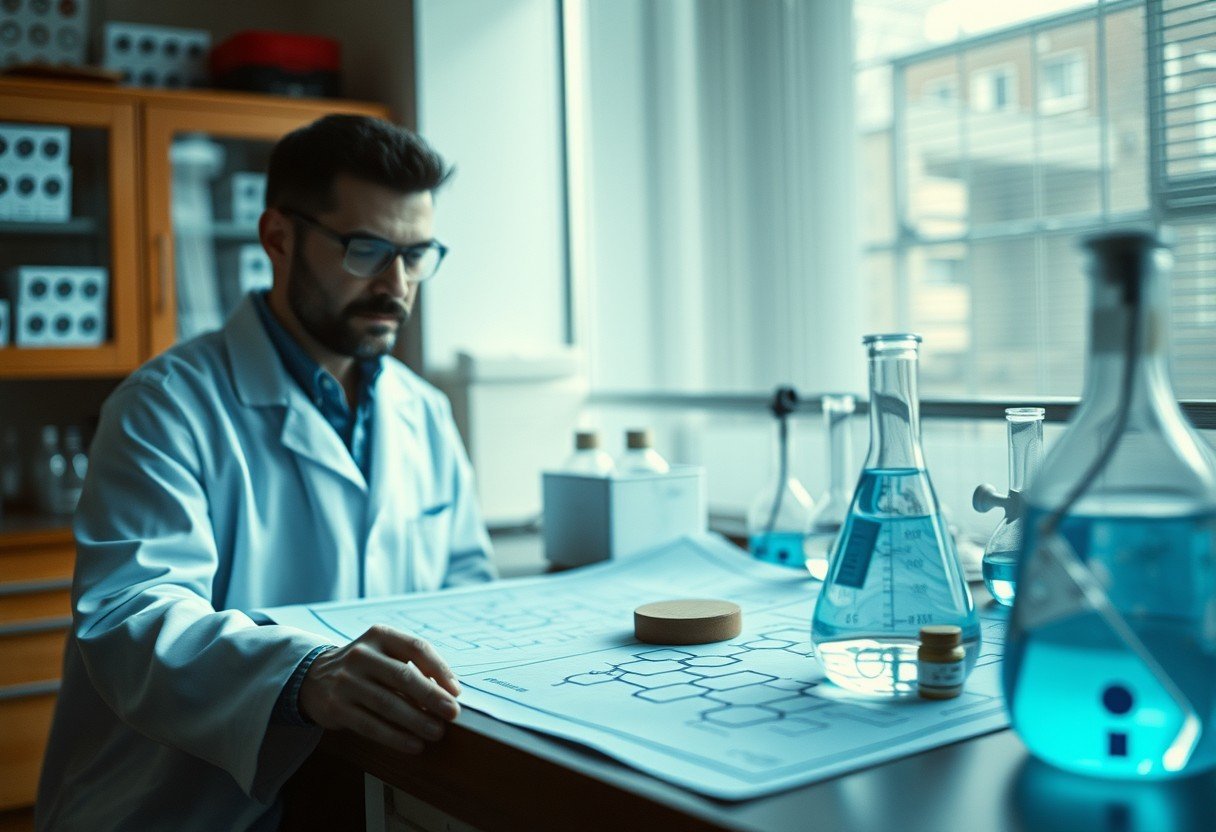

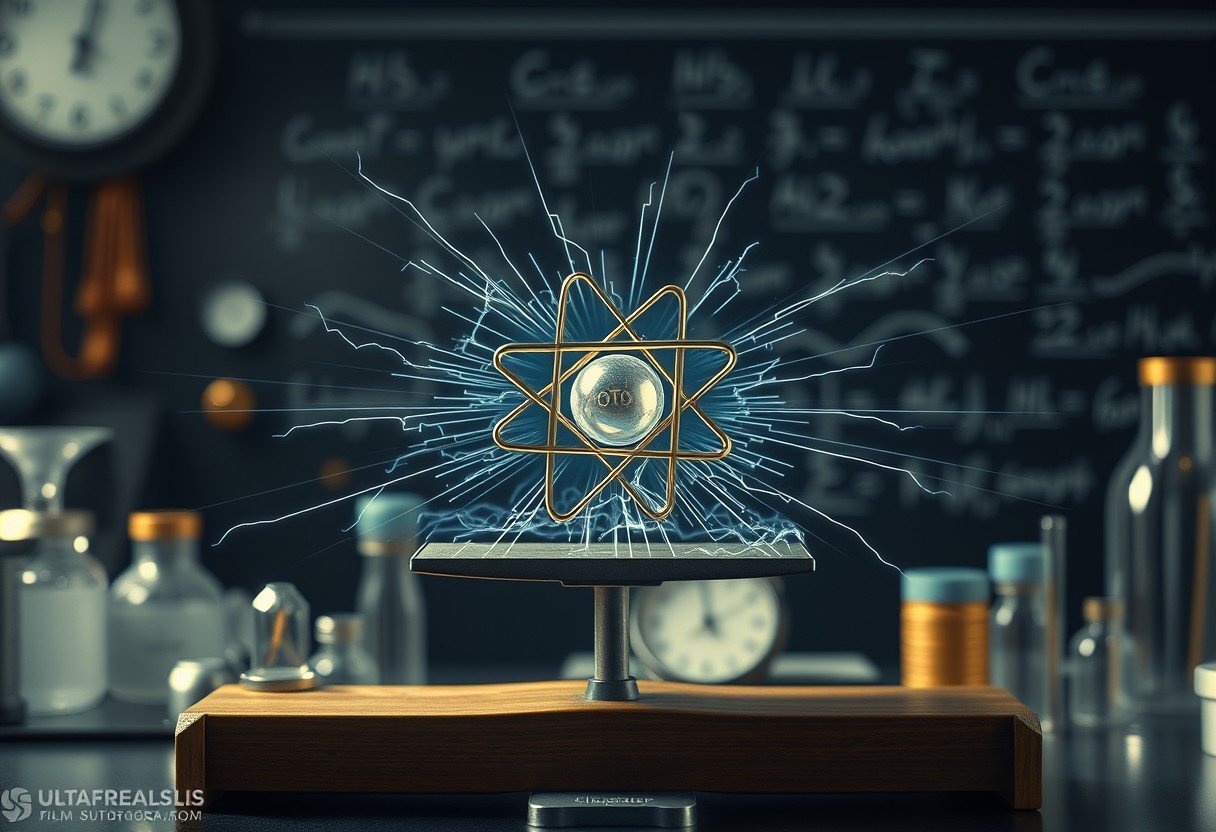
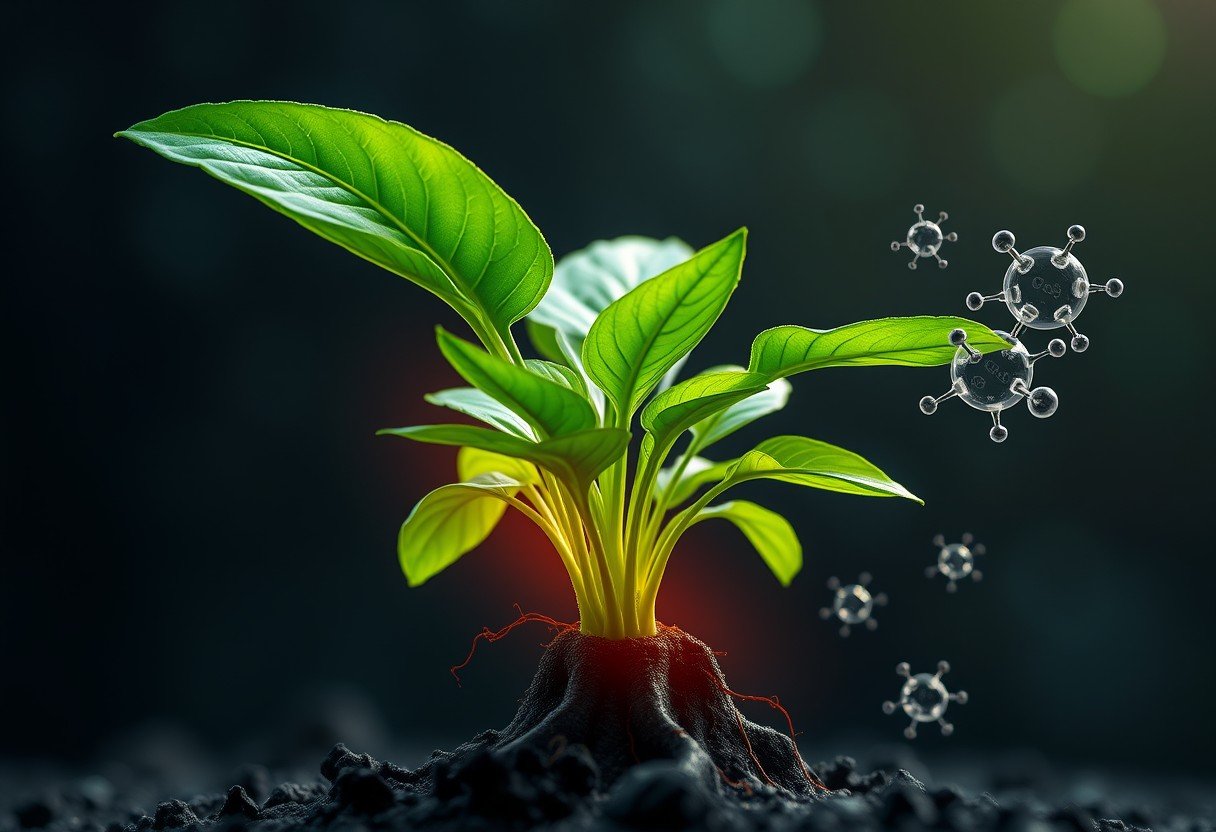
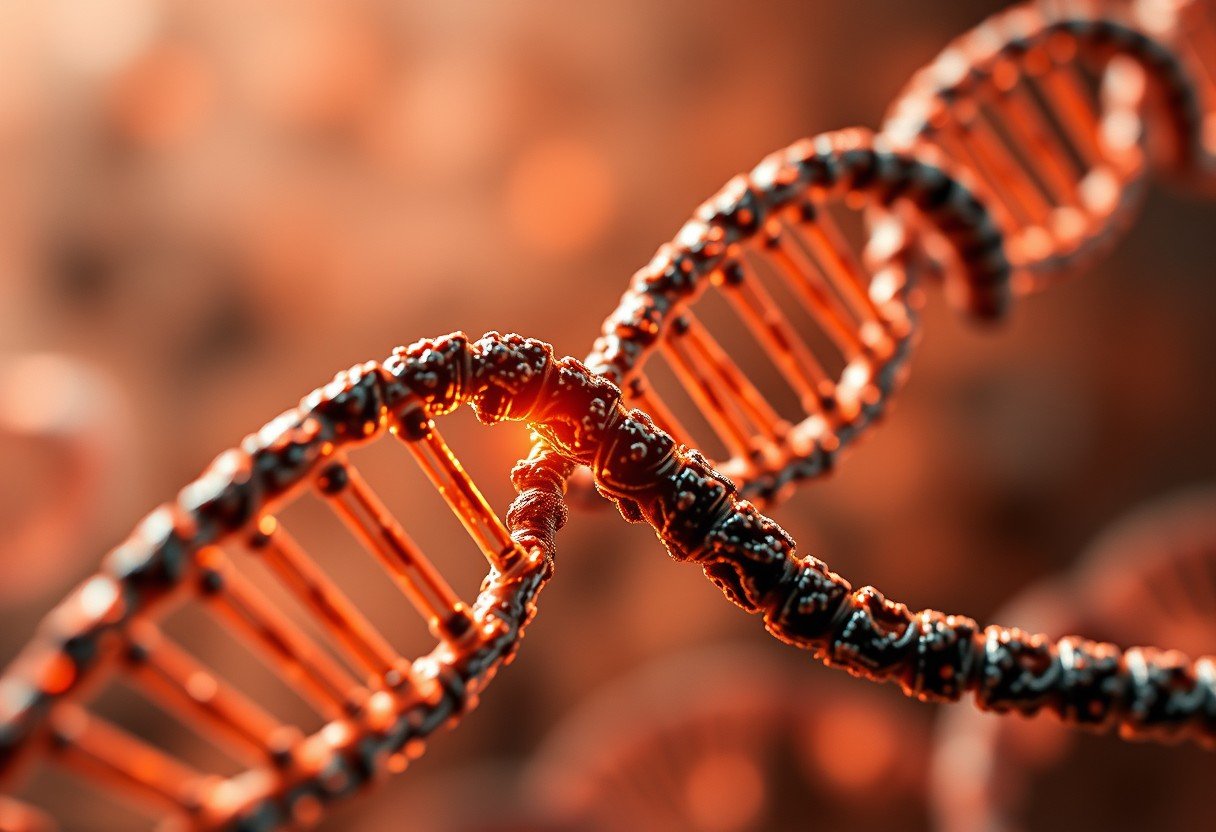
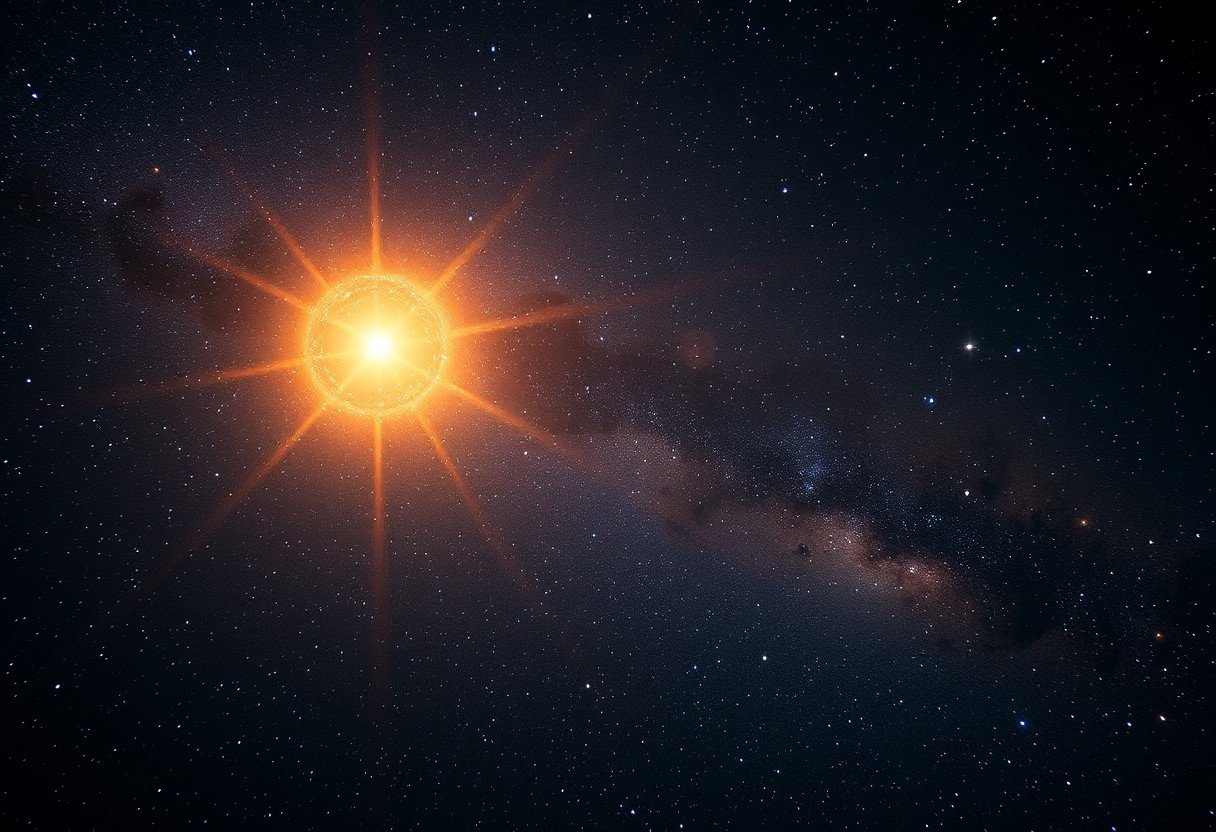

Leave a Comment